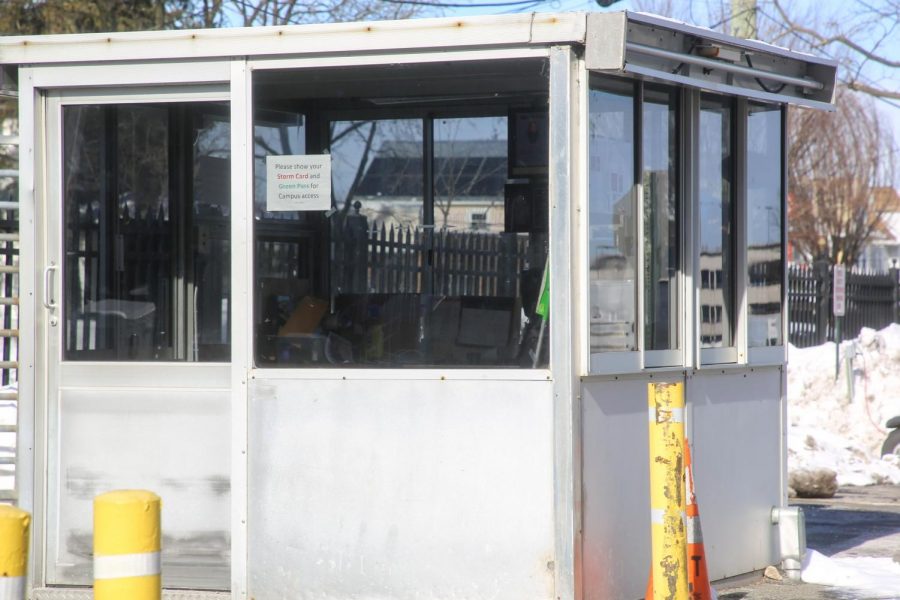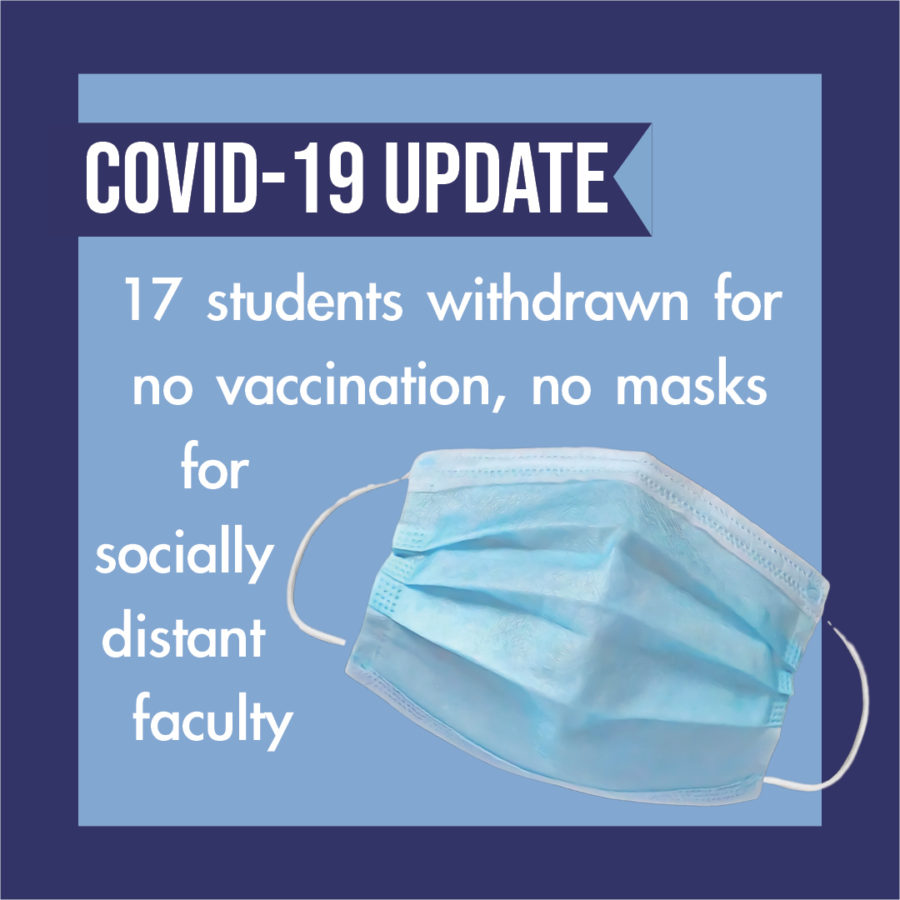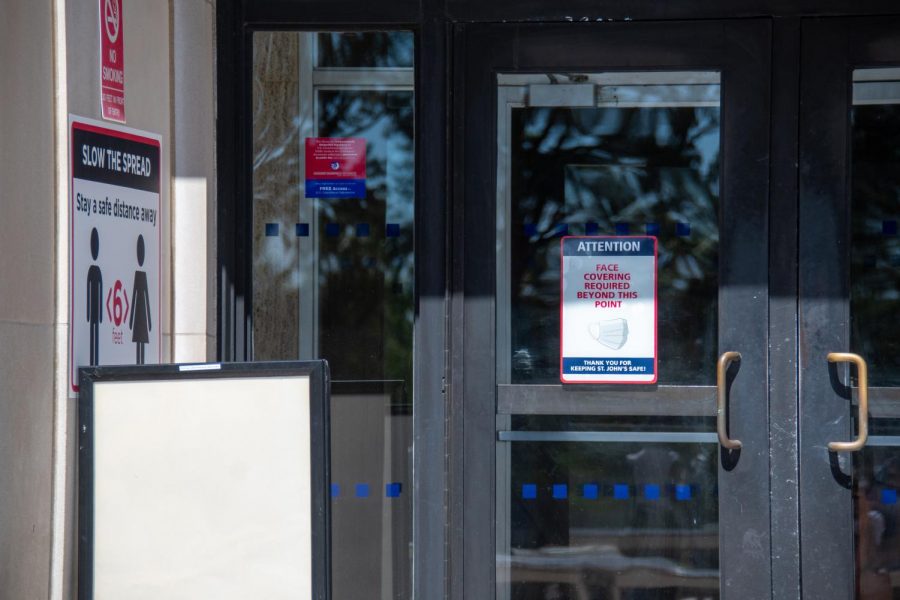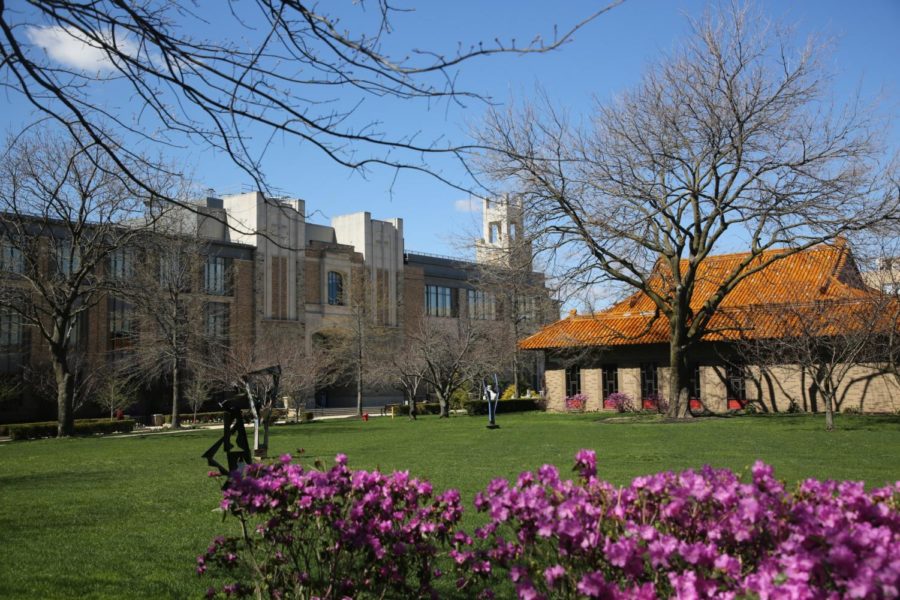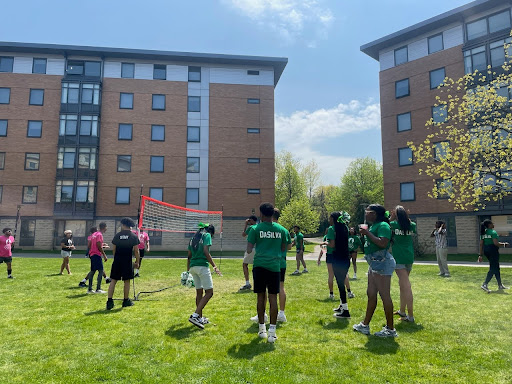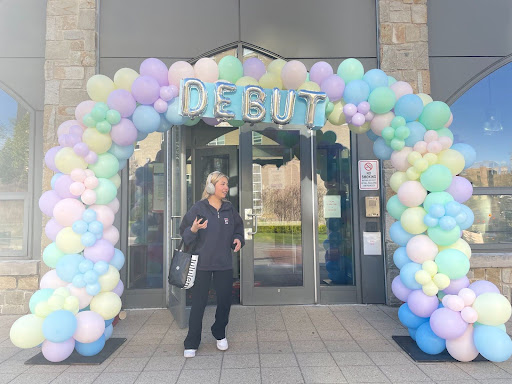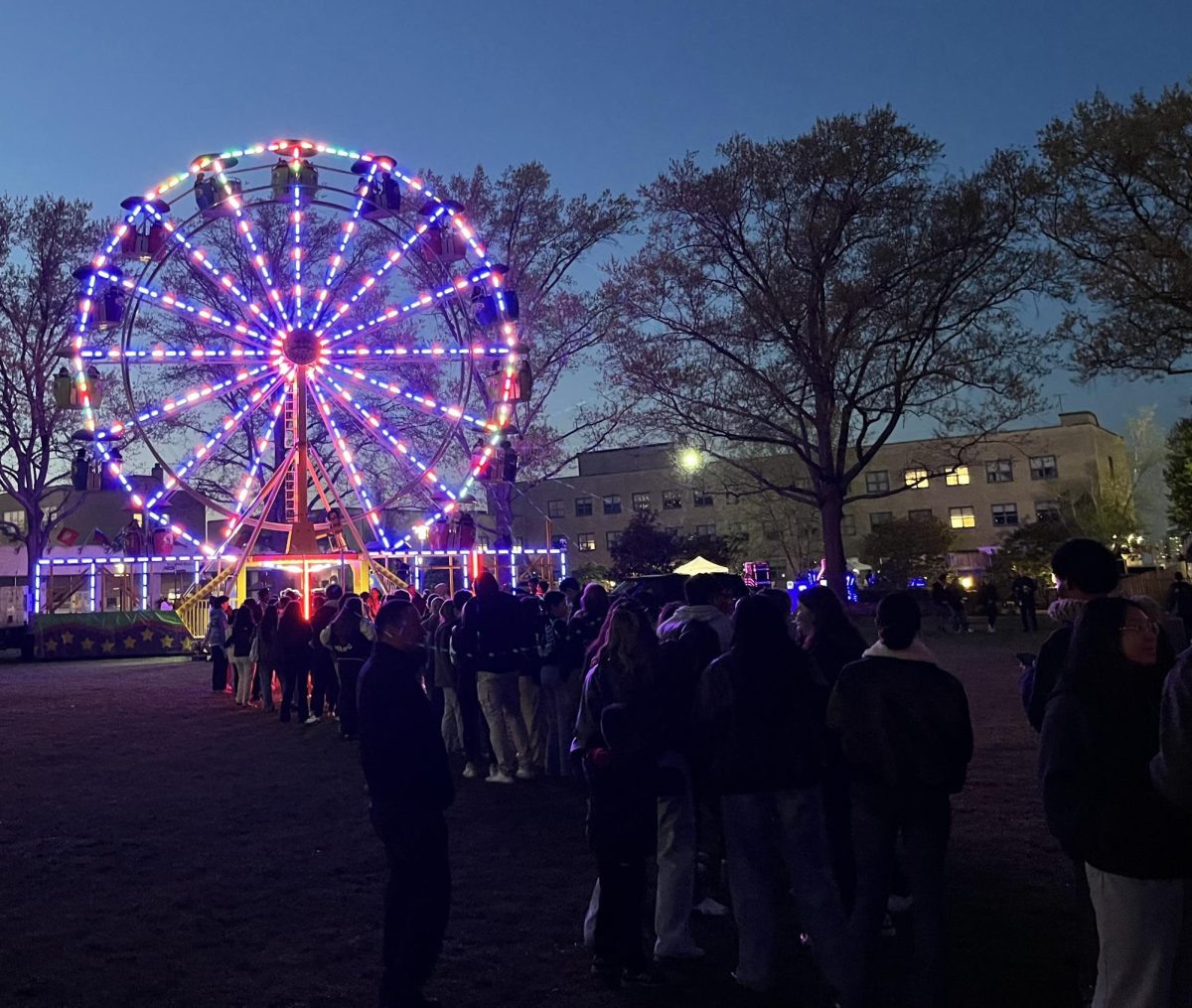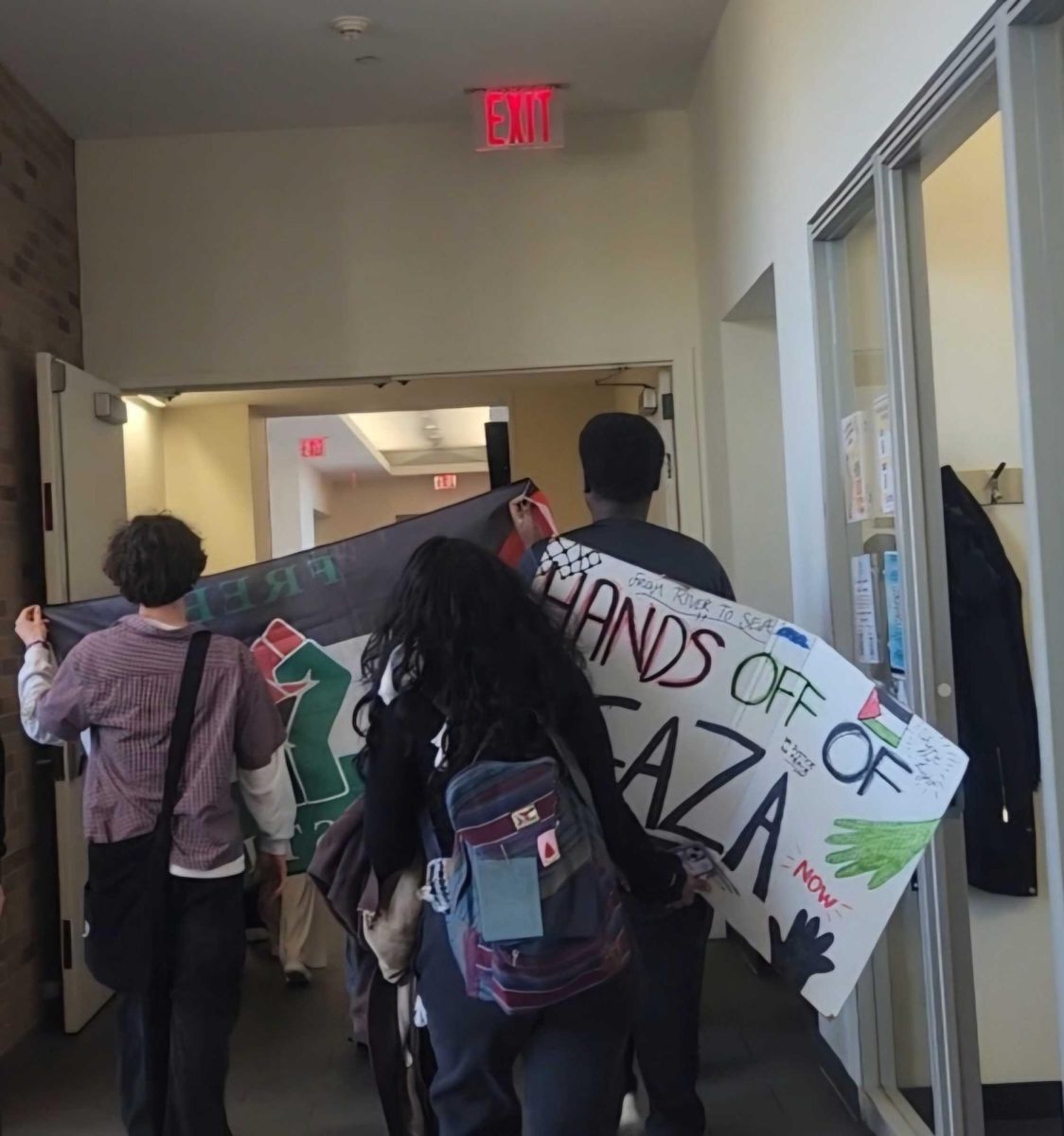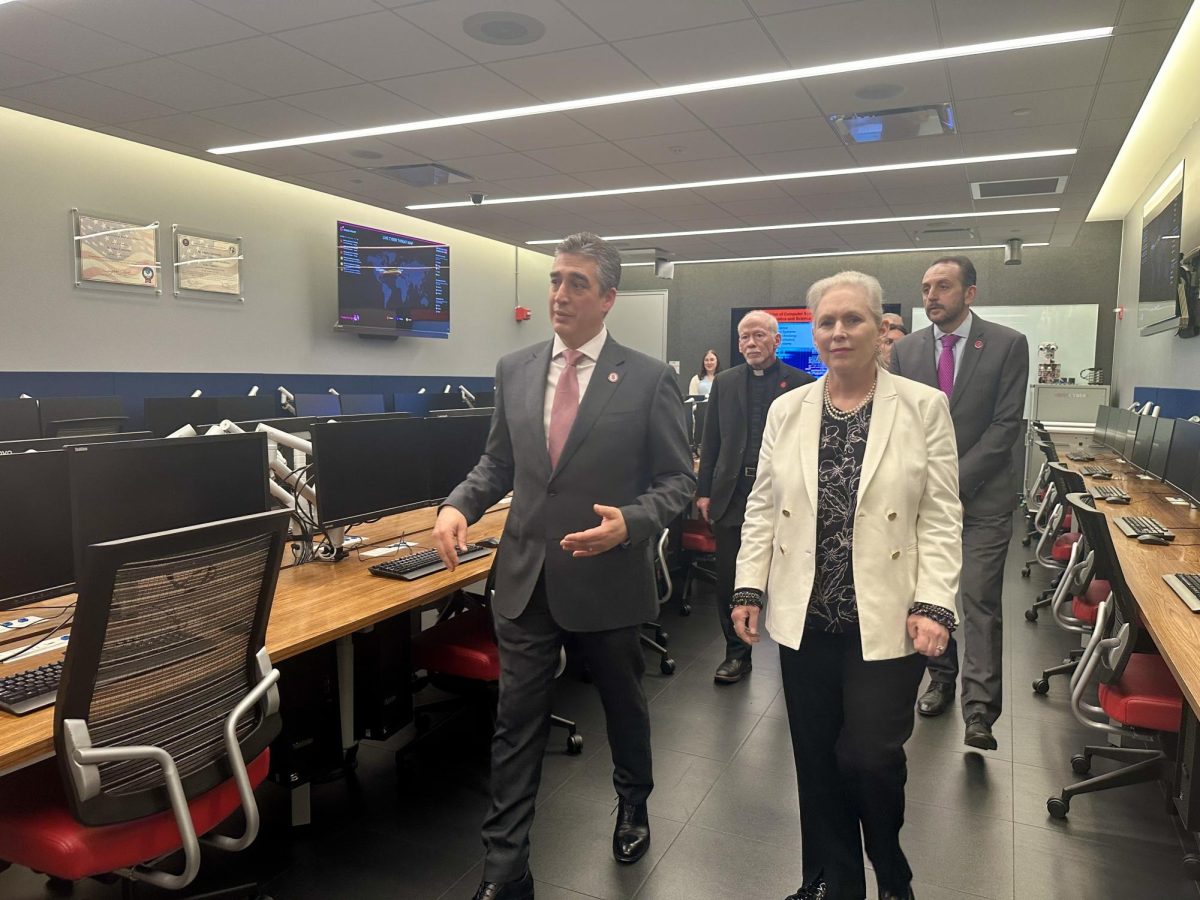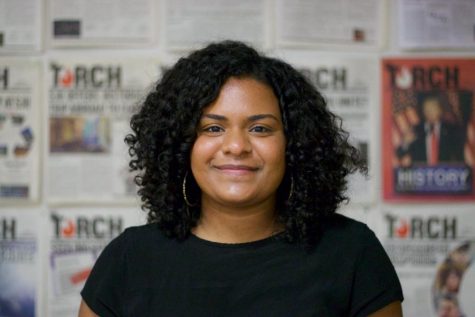Public Safety has implemented random Campus Pass checks this semester for those coming to campus daily, relaxing the policy from the fall when officers manned all open gates. The change, which has been met with mixed reactions by students, comes at a time in which Public Safety has reduced its workforce to a little more than half what it was pre-pandemic.
Executive Director of the Department of Public Safety, Denise Vencak-Toner confirmed the change in an interview with the Torch, citing in part New York City guidelines.
“New York City guidelines do not say that everybody has to be checked every day,” Vencak-Toner told the Torch. “The guidelines basically say that you’re required to answer four questions that they put out and before you come on campus you have to fill out the questionnaire and answer the questions correctly.”
“What we decided to do as a University, as a whole, was random checks,” Vencak-Toner continued.
There is no set number of random checks that they seek to complete on a weekly basis, Vencak-Toner told the Torch.
The Campus Pass consists of four “Yes or No” questions, which ask whether you have tested positive or come into contact with anyone who has tested positive for COVID-19, or if you have traveled to an area with a high rate of COVID-19 infections within the last 10 days. After completion, the pass turns red or green, and is sent via email to the visitor. Students and faculty access the Campus Pass through the St. John’s app.
Last semester, the Campus Pass consisted of five questions – and, as the Torch reported in September – anyone arriving at campus was required to show a Public Safety officer this pass in order to enter campus.
CAMPUS PASS CONFUSION
The Torch spoke to six students who said that they were not aware of this change upon their arrival to campus, or were surprised to learn about it from the Torch. Most said they have been checked infrequently in the nearly two months since the semester began, with one person even saying their Campus Pass has not been checked at all.
“So far my campus pass has been checked once,” junior Abbygail Smith said. Smith comes to campus twice a week between 9 a.m. and approximately 5 p.m. She told the Torch she was not aware that the Campus Pass was being checked at random this semester.
“Shouldn’t it be consistent and not random? What’s the point?,” she said.
Matthew Panchyk, a fourth-year commuter student, arrives to campus for class on Wednesdays between 10 and 10:30 a.m. and enters through Gate 1. Thus far, he said he has only been stopped by Public Safety once, on Feb. 3, only upon entering campus. He says he has yet to be checked since.
Senior Tatiana Brown commutes to campus on Tuesday and Friday mornings.
“I haven’t seen any Public Safety officers at Gate 6 this entire semester and my pass has never been checked,” Brown said.
Other students have expressed confusion as to how the Campus Pass checks and gate security have been operating this semester, compared to the last.
“There isn’t anyone stationed at Gate 4,” freshman Matthew Mohr told the Torch.
“Gate 6 doesn’t have a guard anymore,” sophomore Diana Sherwood said.
“There’s only one Public Safety guard that checks at Gate 6 but he’s not always there,” sophomore Julissa Gomez said.
MORE STUDENTS ON CAMPUS, MORE GATES OPEN FOR TRAFFIC
Vencak-Toner told the Torch that the reason for this change was due in part to the opening of more gates.
Last semester only two gates were open for entrance – Gates 1 and 6. This semester, seven of the eight total gates surrounding campus are open for pedestrian traffic.
“With random checks this semester it made it a little bit easier to deal with the flow of traffic,” Vencak-Toner said, “and also we increased the amount of people that are on campus this semester, so you have to have more avenues to come and go from campus, so that is one of the reasons that we did it and so far it’s worked.”
Vencak-Toner says she was unaware of any confusion or lack of communication on behalf of students in response to this change, citing a Jan. 13 email sent to the University community announcing the opening of Gates 1, 2, 4 and 6 this semester.
“A communication went out to the whole University, including the students, way back … explaining what the procedure was going to be and that there were going to be more gates open and the hours of the gates and so on,” Vencak said. “So I don’t know if there was a drop in communication … and I’m not sure why that occurred, but … I know that a message went out to the whole University from the task force.”
The email did encourage the campus community to continue to fill out the pass and mandated employees to do so, even when they are not coming to campus. However it did not include any information regarding the switch from mandatory to random checks of Campus Passes.
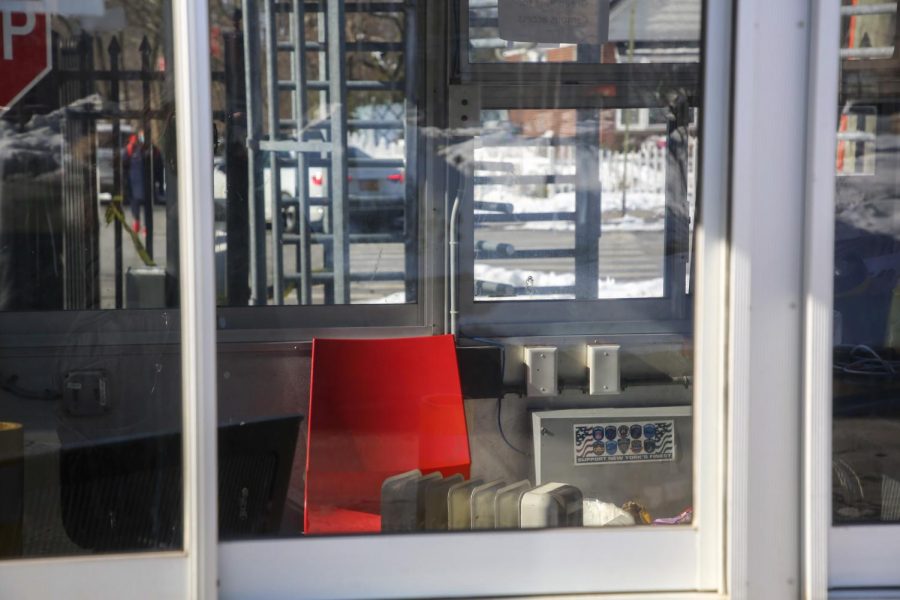
“NOT THE SOLE RESPONSIBILITY OF PUBLIC SAFETY”
Vencak-Toner noted that Campus Passes are “not the sole responsibility of Public Safety,” to examine, rather that “it’s a community effort,” meaning that other departments on campus can ask a person for their Campus Pass. One example Vencak-Toner used was that of a supervisor asking an employee to show their green pass.
“We ask for the cooperation of the whole University and we know that that is happening on different locations on campus,” Vencak-Toner added, saying that she knows that “if you go into Human Resources for an appointment you are asked whether or not you have your green pass, [and] a lot of faculty members are asking in the classroom, whether or not you have your pass.”
Vencak-Toner said that Public Safety is not concerned that the random checks may mean that students or faculty become more lax with filling out the Campus Pass before entering campus.
”We want to make sure that we send out as many reminders and do as much as we can to try to keep people on board,” she said. “It’s hard, I mean people get lax the longer this goes, you know how the world is, everybody thinks that it’s easier to not do those things and we’re just trying to remind them that and do everything we can to make sure everybody stays [the] course.”
“We do know that every red pass is followed up by human resources, and they make sure they know why the red pass occurred and whether or not the person can come back to campus,” Vencak-Toner continued.
The Torch reported last semester that the Office of Student Health Services follows up on red passes for students and the Office of Human Resources does so for employees.
A CHALLENGING ADJUSTMENT
“It’s a challenge to this day,” Vancek-Toner said of their biggest task – keeping people safe, both the University as a whole and in their own department. “Keeping Public Safety safe was a challenge. We have to keep our guard up to make sure that we follow the protocols.”
According to Vencak-Toner, Public Safety is not understaffed; rather they have “adjusted staffing to meet the on-campus realities of COVID-19.”
“We’re running at about 60% right now,” she said.
Prior to the pandemic officers would come into work, complete roll call together and were given an assignment. Now, officers come in individually, sign themselves in and then receive assignments.
As the pandemic unfolded last spring, Public Safety remained on campus and underwent various changes including closing their break rooms — which meant officers had to take lunches in their vehicles — as well as practicing social distancing and implementing new cleaning protocols in their offices and vehicles.
Public Safety experienced “a couple of outbreaks” of COVID-19 at the beginning of the pandemic last year.
“I’m saying it lightly, but we really did have a pretty large outbreak at one point,” Vencak-Toner said. “About 75% of the afternoon shift at one point had COVID or had co-workers with COVID so they were unable to work. Everybody had to step in place, the administrators and other staff had to come in and work for those people that were out.”
“Everybody had to step up to make sure that we had the manpower, because we have to be here 24/7 no matter what’s going on. So it’s a challenge.”
Noting that there have been random cases in the department throughout the pandemic, she said Public Safety has been “able to manage” by keeping officers separate.
Since then, they’ve reeled back some of these restrictions, like reopening break rooms with social distancing and cleaning procedures in place.
Public Safety now operates on an A and B schedule, with the full team essentially split down the middle, so that people working on the A schedule will never come into contact with those working on the B schedule.
During the week, Vencak-Toner also says that Public Safety averages one supervisor and seven Public Safety Officers per each eight-hour shift. Officers remain spread throughout campus on patrol in vehicles, on foot and inside buildings.
Vencak-Toner is also a member of the Return to Campus Task Force, and says that the group meets every afternoon with a number of senior managers and senior administrators to go over COVID-19 case numbers and goals, then refer back to New York City guidelines.
“We’re hoping the vaccine shows up sooner than later, but in redundancy, we all have to work together as a community,” She said. “We have to stay on track, and just keep reminding people and doing the best we can to keep everybody safe. It gets old, but it’s something that we have to keep doing for the safety of the University as a whole.”













